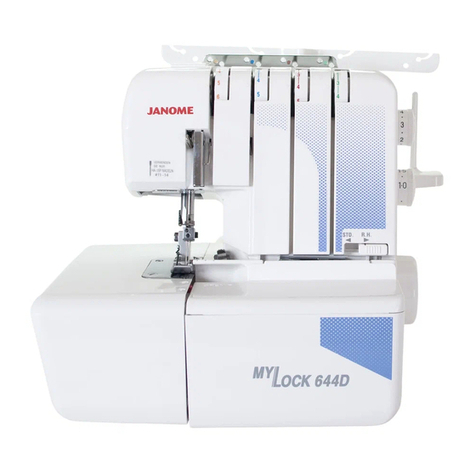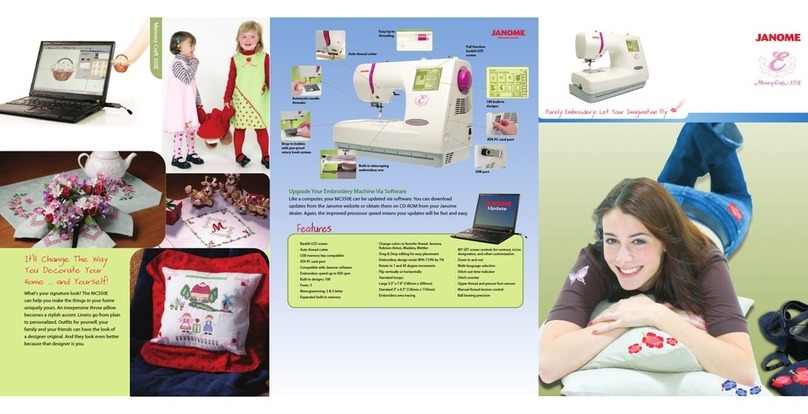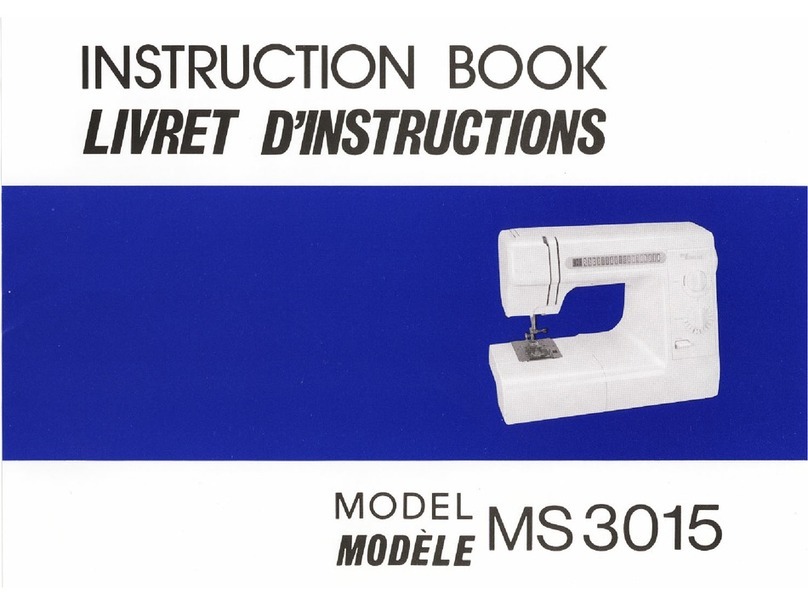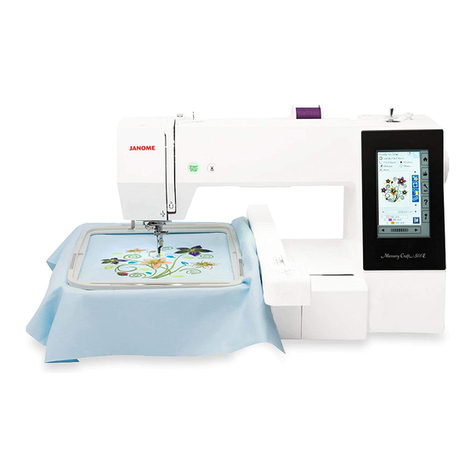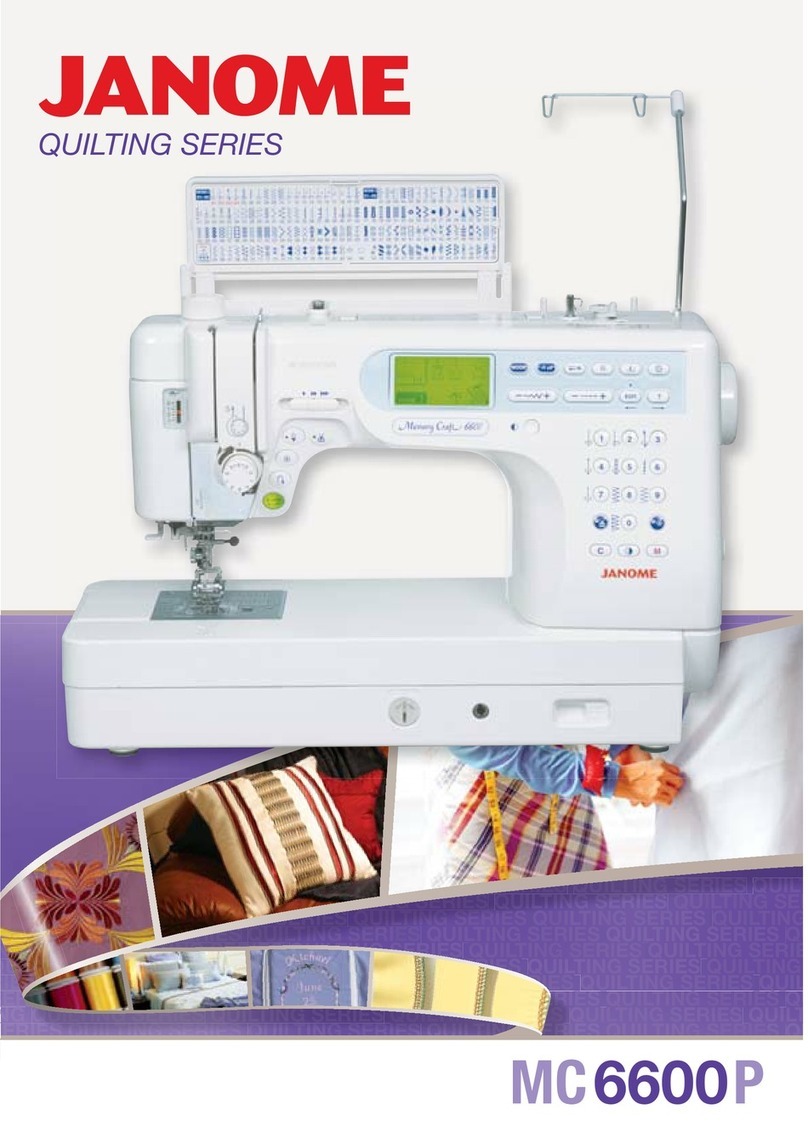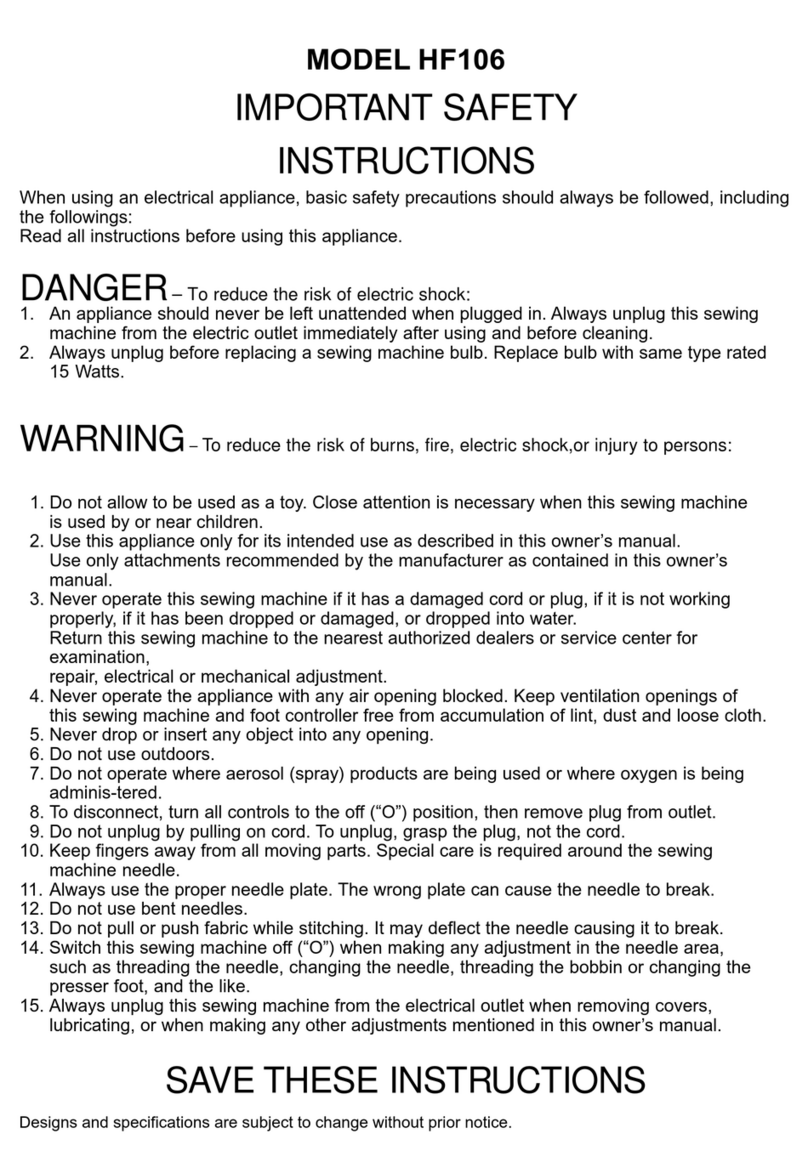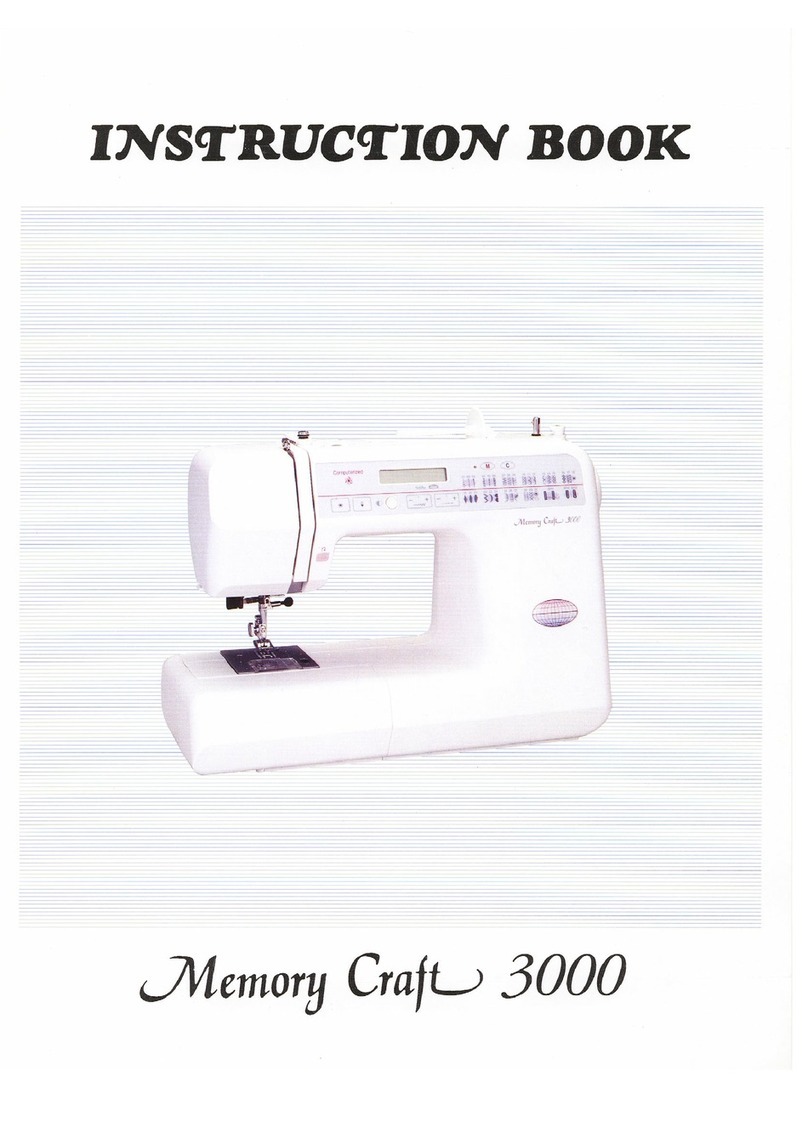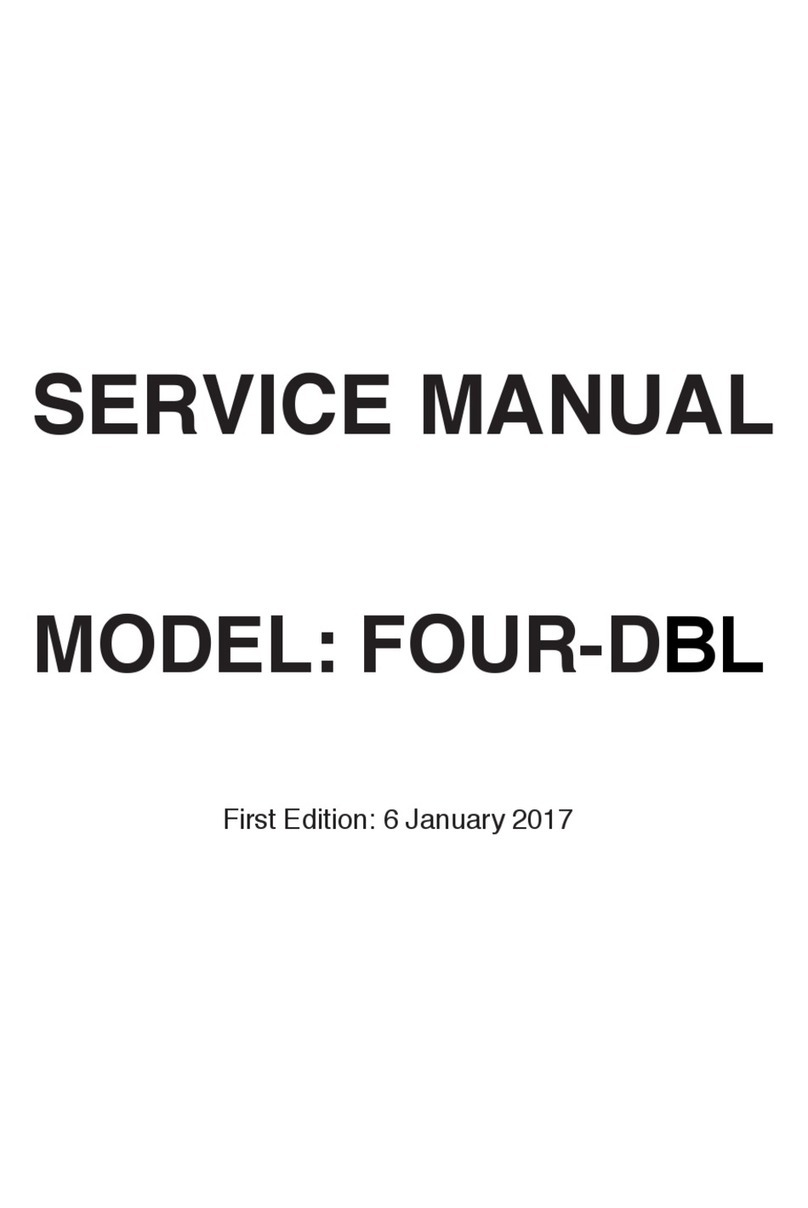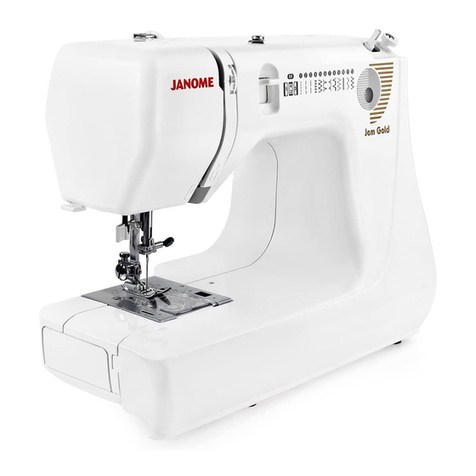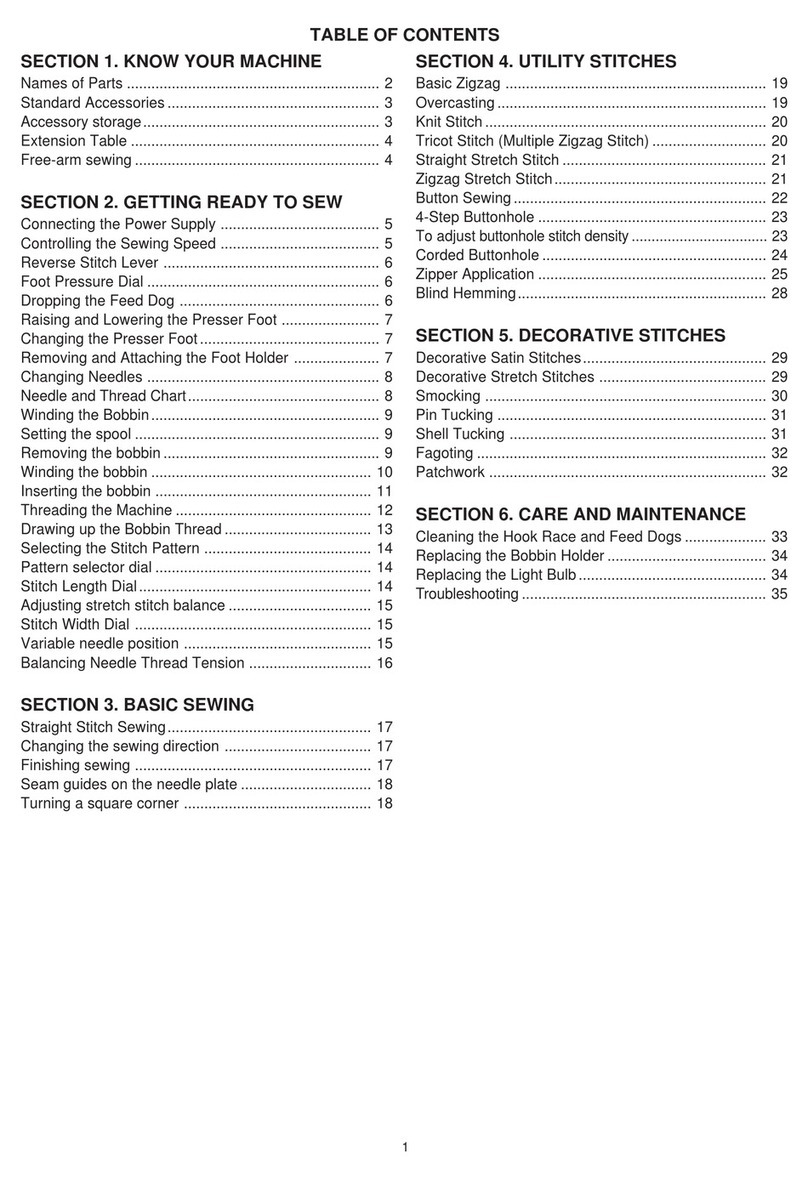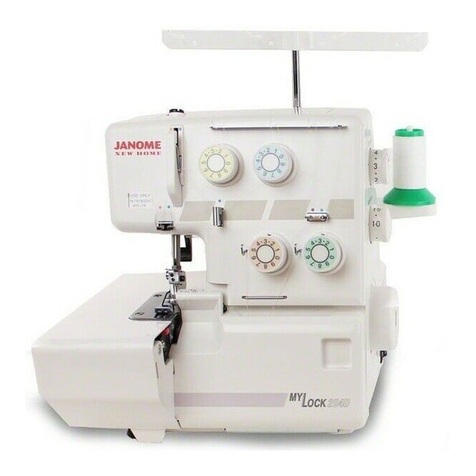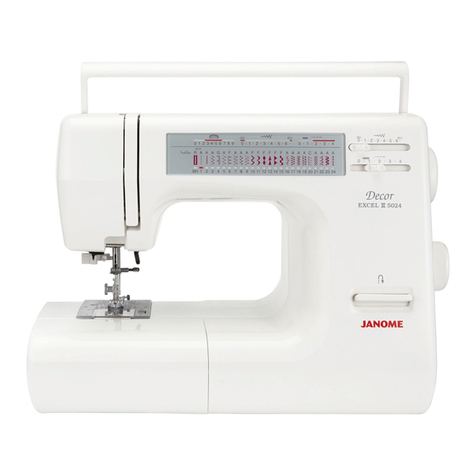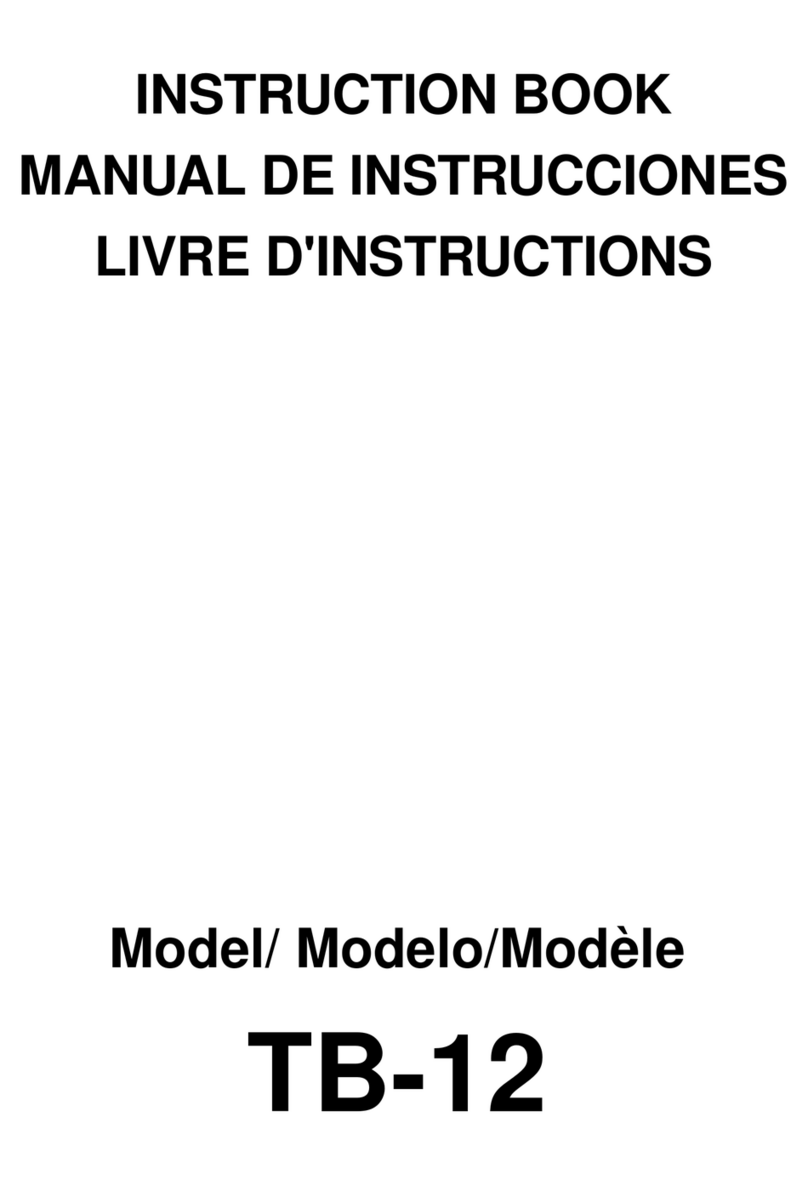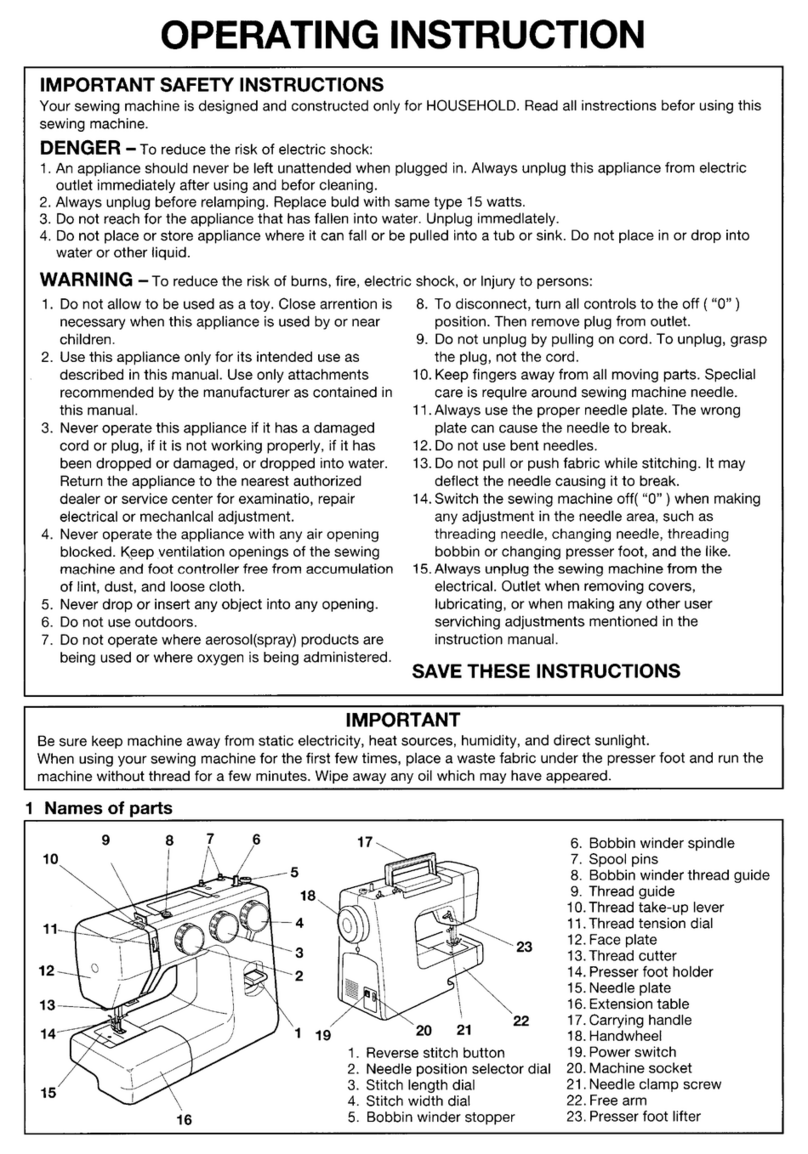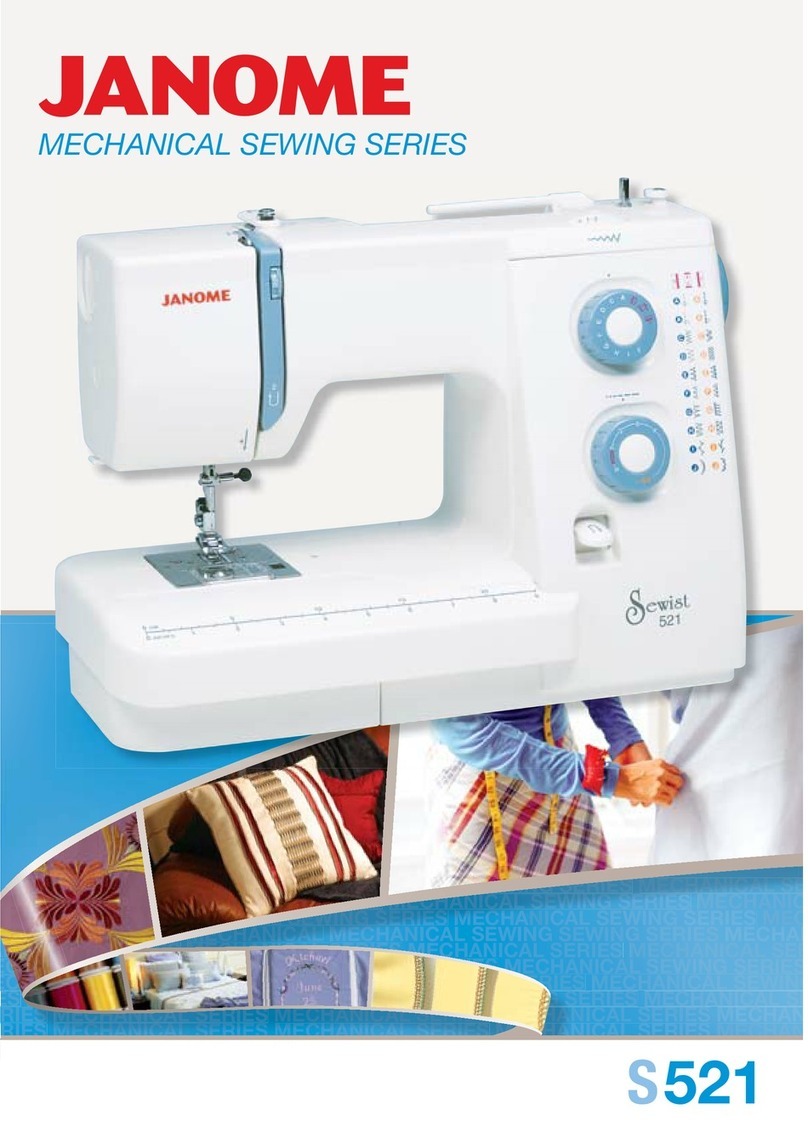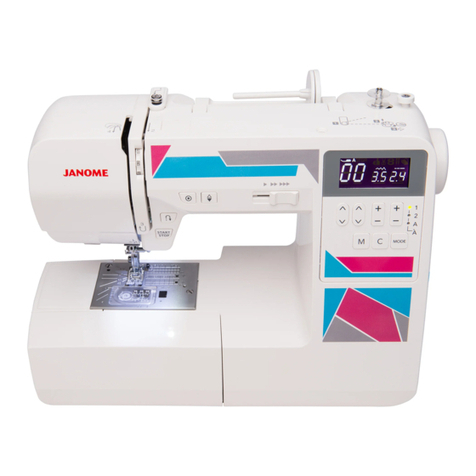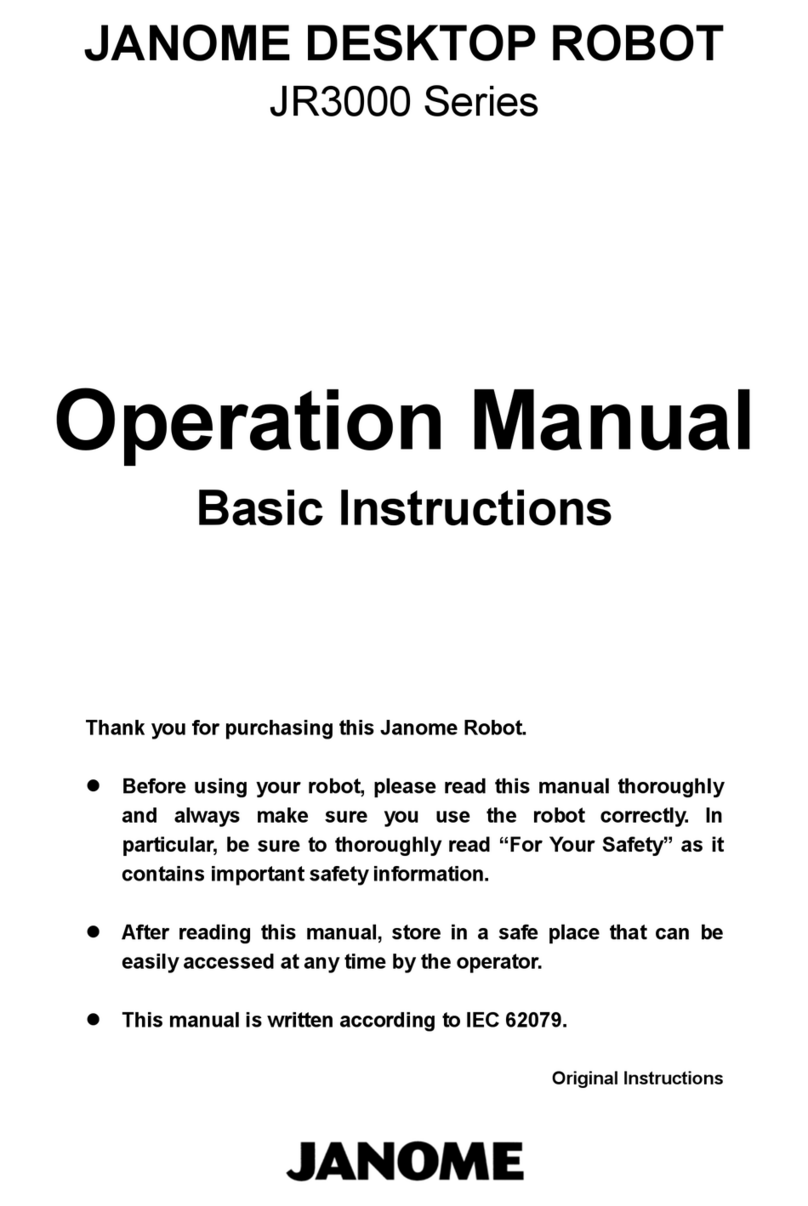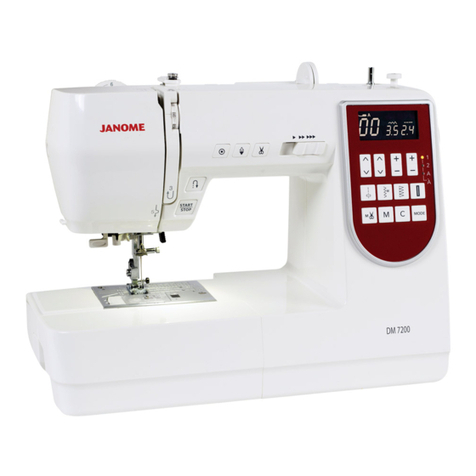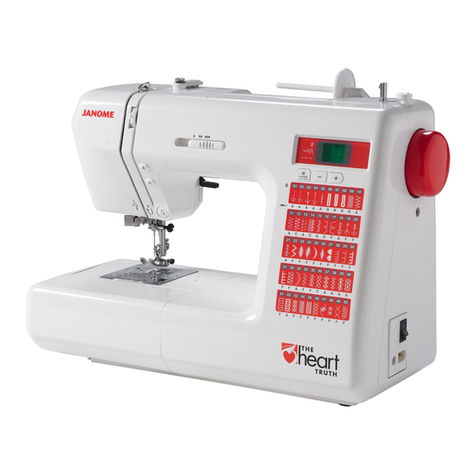
INDEX
What to do when .............................................................................................................................. 1 - 3
Changing External Parts
Face Cover ............................................................................................................................................. 4
Free-arm Cover ...................................................................................................................................... 5
Front Cover ....................................................................................................................................... 6 - 7
RearF Cover ........................................................................................................................................... 8
Mechanical Adjustment
Presser Bar Height ................................................................................................................................. 9
Needle Drop Position ........................................................................................................................... 10
Adjustment of Hook Timing .................................................................................................................. 11
Adjustment of Needle Bar Height ......................................................................................................... 12
Clearance between Needle and Tip of Hook Rotary ............................................................................ 13
Feed Dog Height .................................................................................................................................. 14
Feed Dog Adjustment (Only for model 3160QDC) ............................................................................... 15
Top Tension .......................................................................................................................................... 16
Replacing the Electronic Components
Circuit Board-A connection .................................................................................................................. 17
Self-diagnostic Test ......................................................................................................................... 18-22
Circuit Board-A ................................................................................................................................ 23-24
Driving Motor ........................................................................................................................................ 25
Switching regulator Unit ....................................................................................................................... 26
Adjusting Buttonhole Lever Position ..................................................................................................... 27
Parts List ........................................................................................................................................ 28-41
